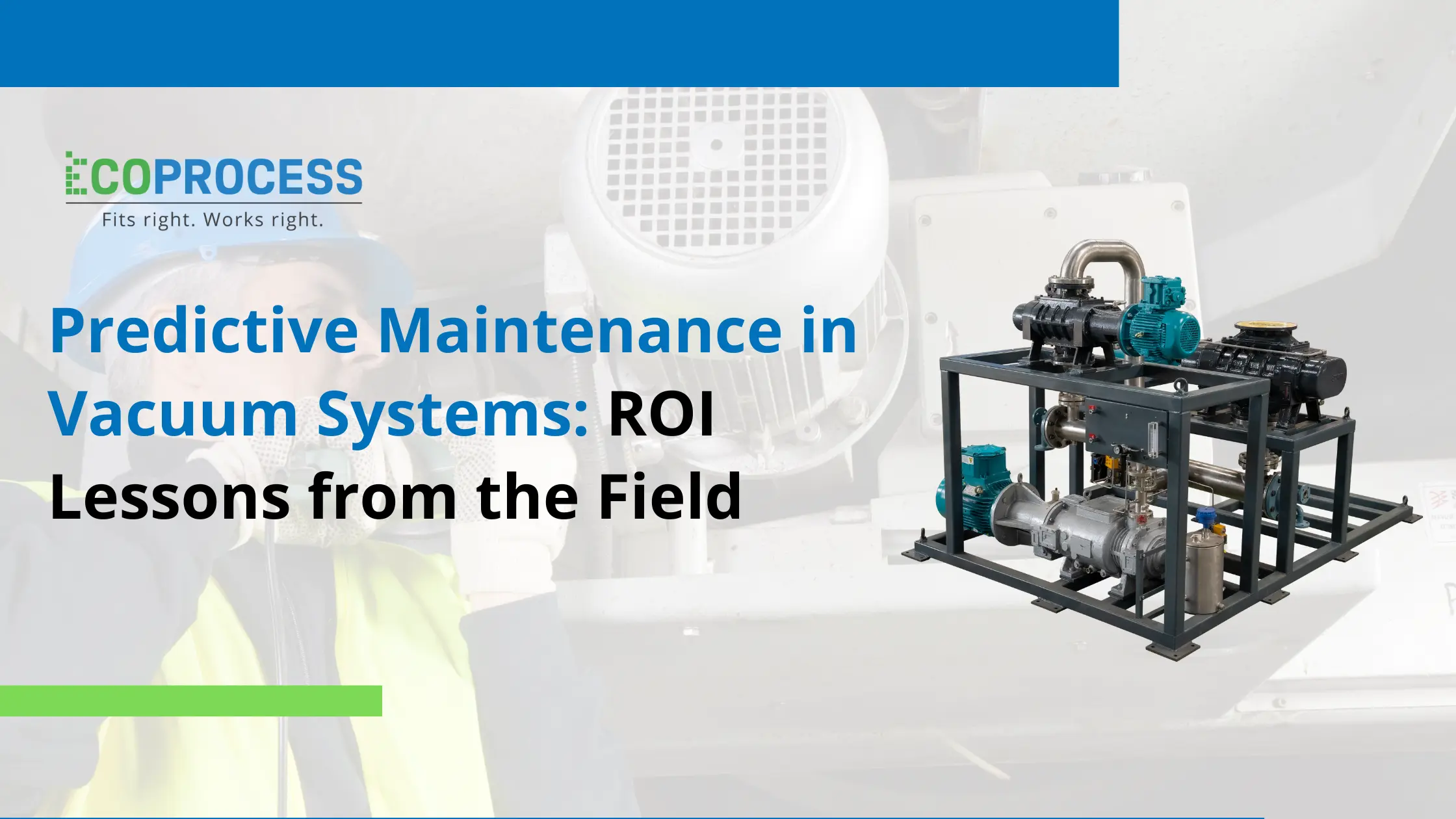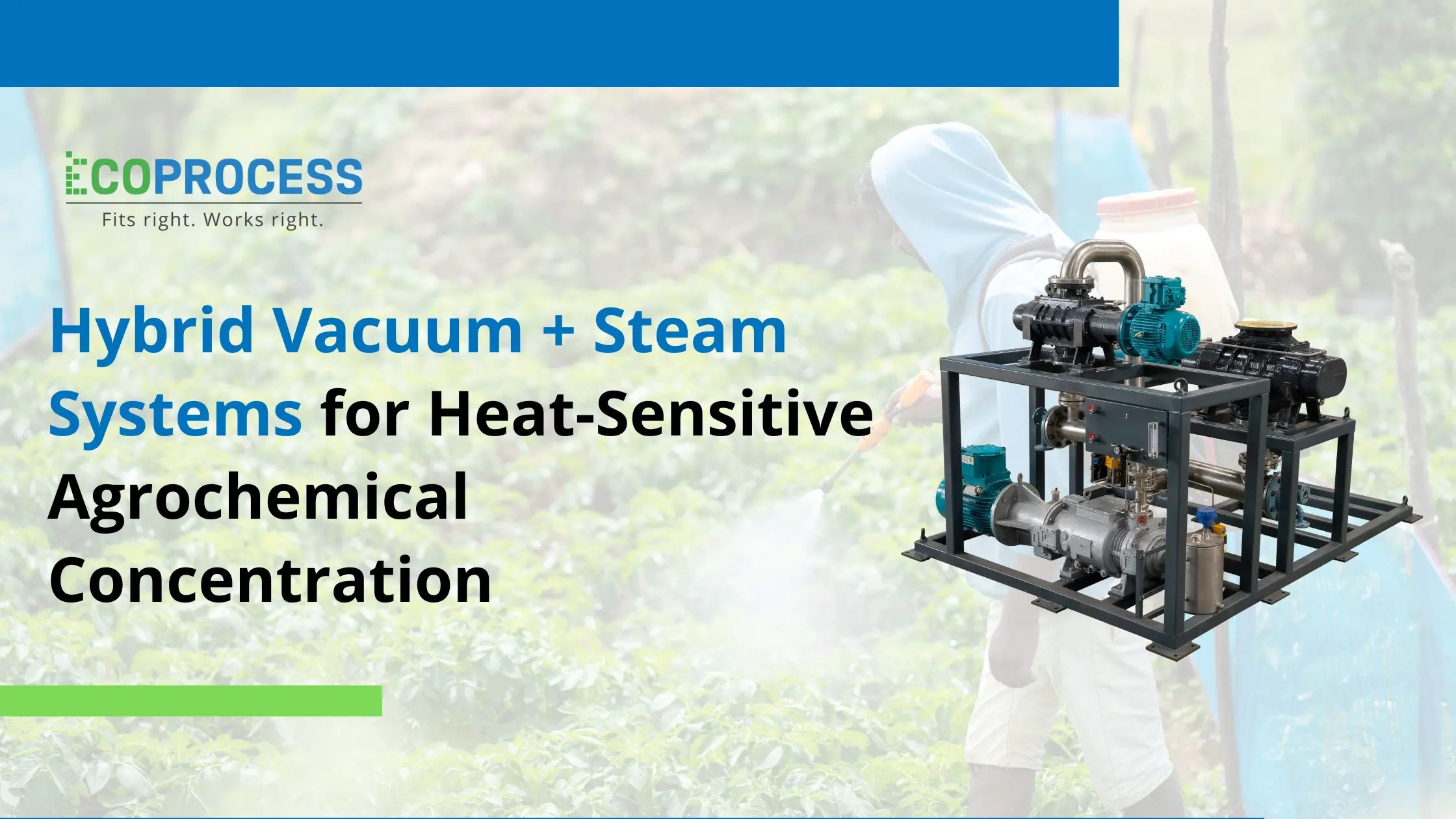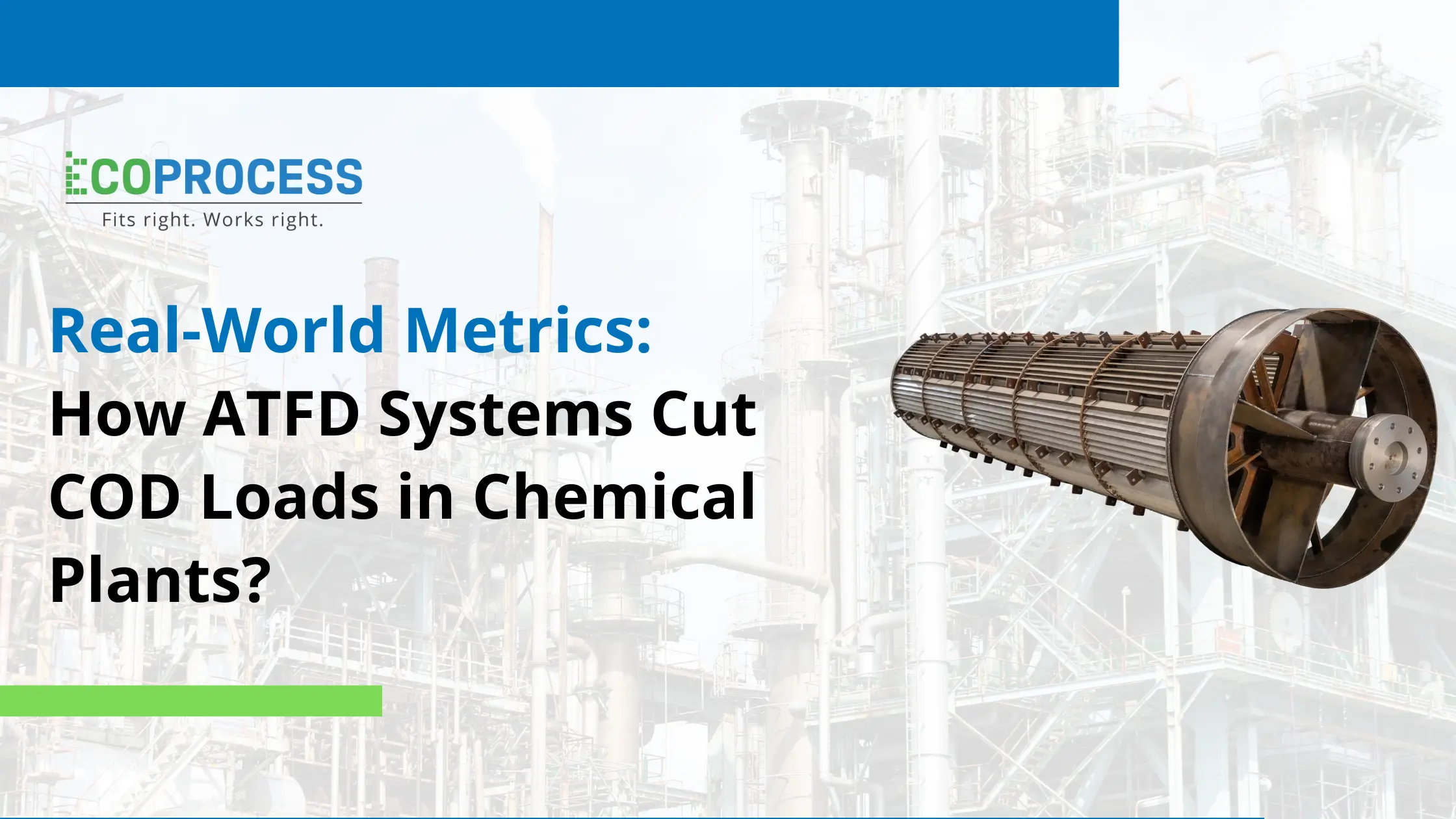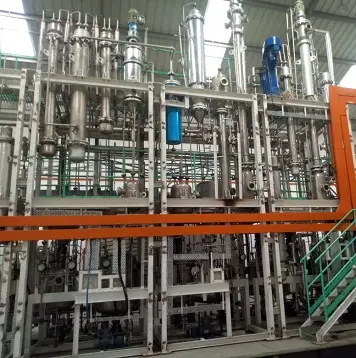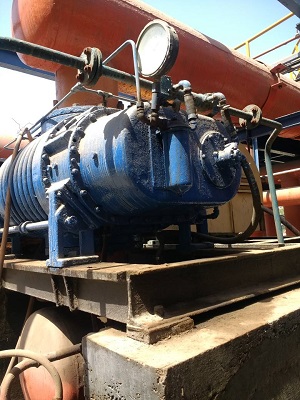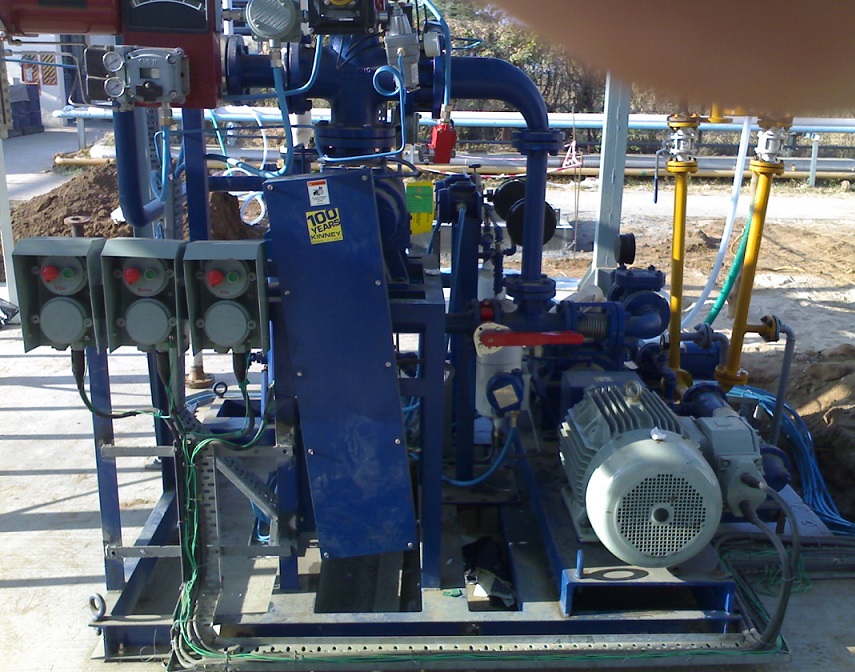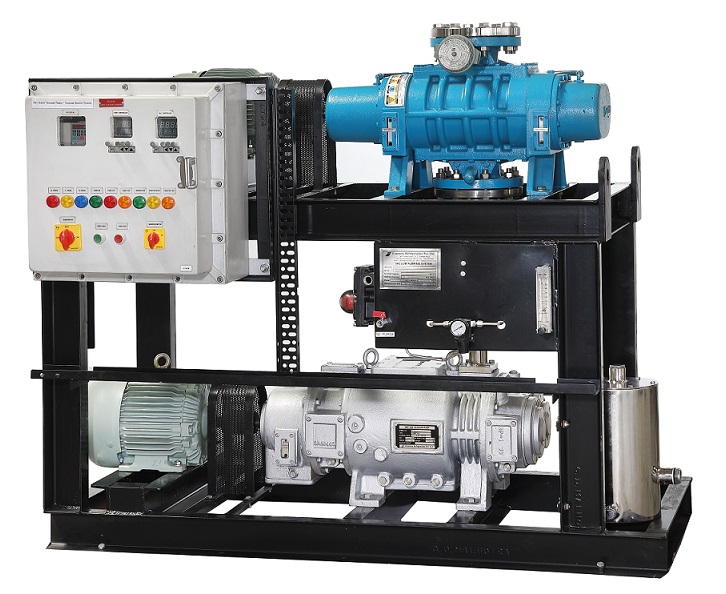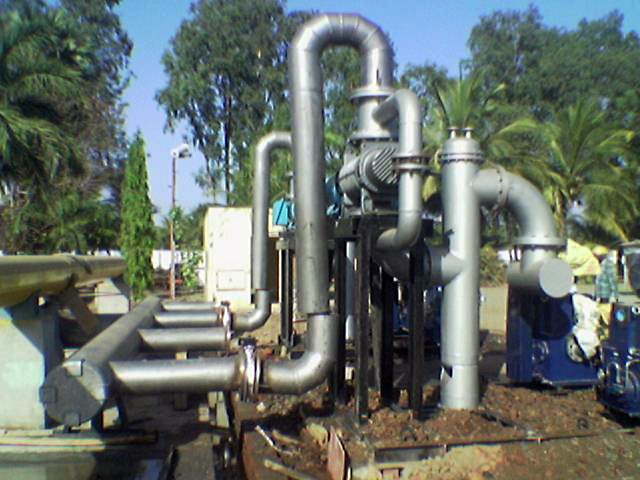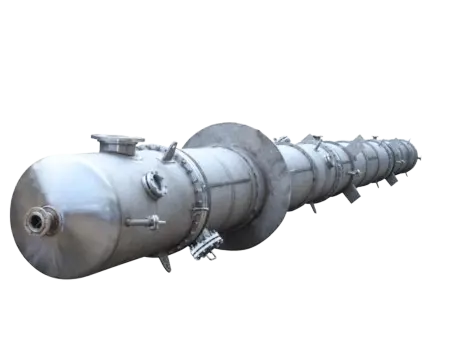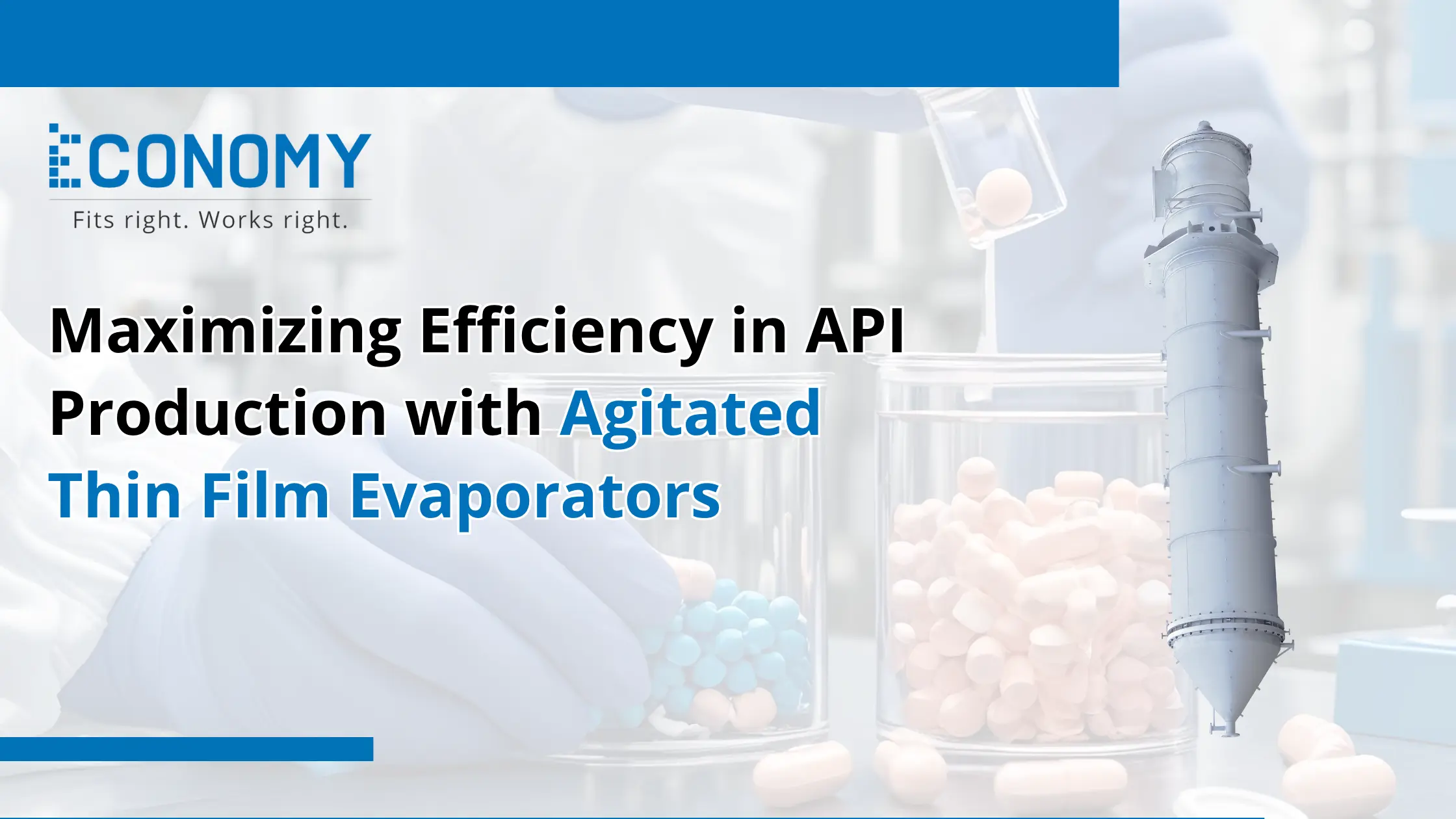
Maximizing Efficiency in API Production with Agitated Thin Film Evaporators
Efficient solvent removal plays a vital role in quality API manufacture and process control. Agitated thin film evaporators provide consistent performance for solvent separation in tight production cycles. The correct selection of API production equipment improves speed stability and batch yield.
This guide outlines key factors in the efficient operation of agitated thin film evaporators. It highlights design features that enhance heat transfer and reduce solvent residue. Operators gain insights into choosing API production equipment for robust solvent evaporation systems.
Importance of Solvent Evaporation in API
Solvent removal is critical in API synthesis to meet purity safety and regulatory demands. Advanced evaporator systems deliver consistent output in tight time frames. Proper design lowers energy use and lowers solvent loss while boosting throughput. Control of film thickness prevents product degradation under heat stress.
1. Even Heat Distribution
Agitated thin film evaporators create a uniform liquid layer on a heated surface. This layer allows fast solvent removal with a limited temperature gradient. Such uniform contact avoids local overheating. This process ensures stable product quality in each API batch.
2. Rapid Solvent Turnover
The short residence time in the evaporator lets volatile components leave the liquid quickly. This speed reduces exposure to high heat conditions. Therefore, product degradation risk goes down. This efficiency makes agitated thin film evaporators ideal for sensitive API materials.
3. Minimal Fouling Risk
Continuous scraping prevents buildup on heating walls. This prevents fouling that could impair heat transfer. Maintenance intervals extend as cleaning cycles shorten. The performance of API production equipment stays reliable under long-term operation.
4. Energy Efficiency Gains
Thin film contact increases heat transfer rates and allows lower steam pressures. Reduced fuel demand follows. Overall power consumption for solvent evaporation drops significantly with effective system design. Such savings lower operational costs over many production runs.
What is ATFE?
Agitated thin film evaporators use a rotating wiper to spread a liquid over a heated surface. This forms a uniform film that speeds solvent removal. The design handles viscous mixtures and solids without blockages. Many industries adopt this tool for the gentle evaporation of heat-sensitive compounds.
Inside the vessel, a heated cylindrical wall transfers thermal energy. The rotating element pushes fluid in a thin layer. Solvent vapour forms quickly and exits through a top port. The condensed solvent then collects outside the heating zone for safe removal. This setup yields precise control over film height.
These evaporators meet strict cleanliness standards required by pharma. They allow closed-loop solvent recovery. Scale-up remains consistent from pilot to production scale. This aligns with strict process validation procedures. The compact footprint also fits modern plant layouts.
Advantages in API Production
Many API processes rely on precise solvent removal to protect active materials. Agitated thin film evaporators meet this need with robust performance. They allow continuous operation without manual intervention. This drives consistent batch-to-batch results. Minimal footprint adapts to tight plant spaces.
1. Consistent Solvent Removal
The even liquid film maintains uniform evaporation rates across the heated surface. This uniformity removes solvent at a steady pace. Operators avoid swings in concentration and preserve product integrity. It suits diverse API process needs.
2. Fast Turnaround Times
Rapid evaporation lowers overall batch runtime. This speed allows more cycles in a given day. Production teams meet tight delivery deadlines without sacrificing quality. Wiped film prevents hold up.
3. Low Shear Mixing
The gentle wiping action stirs fluid without harsh turbulence. This protects fragile molecules. Product potency remains intact after solvent removal. It suits heat-sensitive APIs.
4. Ease of Cleaning
Open-access designs allow rapid inspection and wash loops. Clean-in-place routines shorten changeover time. This lowers downtime between batches. It meets strict hygiene demands.
5. Scalable Technology
Modular construction lets operators expand capacity with minimal modifications. Performance scales linearly from lab to plant scale. This keeps process parameters constant. This simplifies scale-up planning.
Key Design Features
Design choices in agitated thin film evaporators shape solvent removal performance and reliability. Key components govern heat transfer efficiency and ease of service. This section reviews four critical features that define system value.
1. Rotor Assembly Design
The central rotor spins at adjustable speeds to spread fluid into a thin layer. Variable rotation rates adapt to fluid viscosity and evaporation demands. High-quality bearings minimize vibration and extend service life. This reduces maintenance needs.
2. Heating Jacket Control
Dual-zone heating jackets offer precise temperature control along vessel height. Independent circuits allow tailored heat profiles. This reduces hot spots and ensures stable evaporation rates under varying loads. Programmable logic yields fine adjustments.
3. Wiper Blade Materials
Resistant steel alloys withstand solvent exposure and abrasion. Blades maintain optimal film thickness across the heated wall. Quick swap blade units ease maintenance tasks. This extends uptime for continuous operation. Blade design resists wear.
4. Vapor Management System
Integrated condensers capture solvent vapour efficiently. Pressure control valves maintain safe vacuum levels. Condensed liquids route to closed storage tanks. This design curbs vapour loss and secures environmental compliance. Monitoring gauges alert to changes.
EPS ATFE Range
EPS offers a range of agitated thin film evaporators suited to diverse API production demands. Units vary in capacity, rotor speed range and heating arrangements. Models address pilot scale trials up to full plant throughput. All systems deliver reliable operation under strict process parameters.
1. Pilot Series
Compact evaporators for bench or small-scale pilot runs. Footprints fit small labs. Adjustable rotor controls test different conditions. These units help in process evaluation without large resource use. Simple controls speed learning.
2. Production Series
Mid-capacity units for steady-state manufacturing. The design supports continuous feeding and discharge. Modular piping eases integration into existing lines. Operators monitor key parameters with digital displays. System alarms signal deviations.
3. Industrial Series
High throughput evaporators built for 24/7 operations. Robust frames support high load demands. Blade assemblies resist wear from viscous feeds. Full automation options reduce manual handling steps. Safety interlocks guard equipment.
Conclusion
Efficient solvent removal forms the backbone of modern API workflows. Agitated thin film evaporators deliver consistent quality with low downtime. Selecting the right API production equipment drives safe, scalable manufacturing in pharma facilities. The EPS portfolio covers pilot to full-scale needs with precise controls. Proper design ensures long-term reliability.
FAQs
Why is ATFE preferred for API production?
The uniform film layer in ATFE ensures fast solvent removal at lower temperatures. Continuous scraping prevents fouling. This protects heat-sensitive activities. The result is reliable yields and consistent purity.
What solvents are compatible with ATFE?
ATFE handles polar and non-polar organic solvents. Common ones include ethanol, acetone, benzene, and toluene. High boiling point solvents also work. Material selection for wetted parts ensures broad chemical compatibility.
How does it impact quality and yield?
Precise temperature control in ATFE limits thermal stress on active molecules. Uniform evaporation delivers stable concentration profiles. This consistency reduces by-product formation. Batch-to-batch variation drops. Overall yield improves.
Are EPS systems compliant with pharma standards?
EPS systems meet current GMP guidelines for cleaning documentation and validation. Materials of construction comply with FDA and EMA rules. The design supports validation protocols for temperature pressure and cleanliness requirements in pharma.
